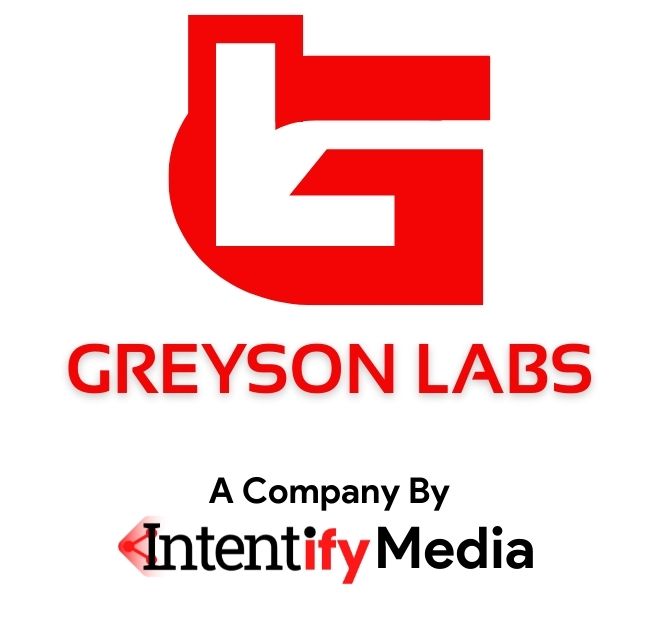
Substack Alternatives 11 Newsletter Platforms & How They Work
You have many options to convert your content into income with a subscription newsletter model. Let’s take a look at some of the possibilities.
The digital age has been a dare for traditional media companies.
Some employment numbers in this industry have steadily decreased as more people abandon physical formats such as magazines and newspapers.
Despite this, there are new opportunities, such as email newsletter subscriptions.
Substack is a leading name in this field and was established in 2017. It quickly became a game-changer for online content creators.
It allows writers and creators to publish and monetize brand-branded web content through monthly subscriptions.
Creators have a unique level of freedom thanks to moderation and publishing guidelines. They also wholly own content, mailing lists, and intellectual property.
It is an all-in-one publishing platform that offers everything, from community-building advice to Legal Support.
Substack charges publishers 10% on gross revenue plus a processing charge.
Substack is easy to use, but some creators find its features too restrictive.
We’ve compiled a list of Substack alternatives for you to consider if the platform doesn’t meet your needs.

1. Write.as
Write is a simple, clean interface that allows content creators and publishers to create custom domains. It also offers a range of support and built-in RSS. This ad-free platform focuses on security and privacy.
Pricing:
- Pro – $72/year or $9/month
- Support Small Publisher – $400/year, $45/month
- Submission management $144/year + base subscribe
Support for small publishers includes priority support, live chat, and consulting services.
To make submission collection and publication easier, users can add submission management.
This platform is not the best if you are looking for extreme creativity.
It only has three font options: Serif and sans-serif.
It is open-source, so tech-savvy users can modify it to meet their needs.
2. Ghost
Ghost, another open-source platform, allows you to manage your media business, publish gated content, and send newsletters.
It is cleanly designed and includes built-in SEO plugins and tools that make content optimization easier and integrate with many apps.
Pricing:
- Basic – $348/year, $36/month
- Standard – $948/year, $99/month
- Business – $2,388/year/ $249/month
Ghost has its drawbacks. It doesn’t offer any monetization opportunities beyond monthly subscription plans.
3. Patreon
Patreon offers a variety of ways to provide exclusive content to your subscribers. This allows you to make direct connections with your audience.
It is used by podcasters, video creators, writers, and musicians to generate more revenue.
Creators have the option to create their subscription tiers with different content at each level.
Patreon pricing is free, but creators are charged 5% to 12% of gross income plus a processing fee.
4. Letterdrop
Letter drop is a newsletter and blog publishing platform that integrates with your marketing CMS. It was created to increase traffic.
Newsletter creators may make money by selling subscriptions, sponsorships, or content that is paid for in other publications.
Letter drop is different from other platforms because of its content workflow, content calendar and approval process.
This allows you to rank content ideas according to your SEO potential and objectives. It makes it easier to decide what topic to write about.
Blogs and SEO-optimized newsletters can be used to publish content. Analytics are available to track the performance of creators.
Pricing:
- Small business: $1,188/year or £119/month
- Growth: $3,588/year/$349/month
5. Steemit
Steemit is a combination of blogging and social media.
Reddit’s voting system allows users to share revenue from their cryptocurrency.
Content earns money through increased engagement. The first social media and blogging site to use blockchain.
All content creators, commenters, and curators can get paid.
It is currently used by over 1.2 million people and is part of the Tron network.
Steemit isn’t the most accessible platform to start on.
Building a reputation and increasing engagement can take time if your content is not viral.
It also pays in STEEM cryptocurrency, which is $.25 per dollar at the time this article was written.
- Pricing – Free to Use
6. Medium
Medium has become a very famous platform for digital publishing and blogging.
Nearly 100,000,000 monthly users use it.
Fledging writers use it without any experience, as well as media publications. The Partner Program rewards writers with over 100 followers who read articles.
The newsletter features allow creators to send content to subscribers. Both the newsletter and publishing features are entirely free.
7. Revue
Revue is a part of the Twitter network and allows newsletter creators to distribute content quickly and get paid.
It is based on curation and includes a high-quality editor for newsletters with valuable features such as a browser extension that allows you to add articles from the internet to your newsletter.
Twitter allows you to keep control of your audience and can help you grow your following.
Analytics provide insights into engagement, click rate, and opens.
There is a free option, but you need to have a premium plan to monetize. Revue charges 5% plus a processing charge.
8. HubPages
HubPages makes it possible to monetize user-generated content using a revenue-sharing model.
Although it isn’t as popular as Medium it does have monetization. Creators can earn money by generating article views.
These factors are then incorporated into a formula determining a piece’s contribution to paid advertising success.
HubPages is intuitive and completely free to use.
You can also choose to have professional editing services either free of charge or paid.
9. Buttondown
Buttondown claims to be the easiest way for you to launch, launch, and grow your newsletter. It has a simple design and interface.
It has built-in tools to edit and proofread content to avoid embarrassing typos.
It integrates with many third-party services and allows you to set up paid newsletter subscriptions even for those who are not technically savvy.
You can segment or specialize your audience by placing tags on subscribers and emails.
Pricing is dependent on subscribers
- Free (0-100 subscribers) – $0/month
- Basic (101 to 1000 subscribers) – $9/month
- Standard (1001-5000 subscribers) – $29/month.
- Professional (5000-10,000 subscribers) – $79/month
Discounts are available for newsletters that have more than 10,000 subscribers or those that are run by non-profits.
10. TinyLetter
TinyLetter allows creators to create and share newsletters quickly.
They can be shared on social media to increase subscriber numbers by sharing a generated URL.
It is part of the MailChimp network and was created to allow individuals to send customized newsletters.
It is a throw-back to the early days of blogging and doesn’t offer the most advanced functionality.
It is an excellent option if you are looking for a simple method to send simple email newsletters.
Creators have the option to download a free version, but it has a limit. Users can only add ” up to 5,000 subscribers to their TinyLetter account
11. MailerLite
MailerLite is a software framework for creators that allows them to add automation, analytics, and pop-ups using drag-and-drop functionality.
You can also add or edit HTML and rich texts.
It offers a good selection of templates, a landing page editor, detailed analytics, and marketing tools such as A/B Testing, surveys, and segmentation.
MailerLite lets you earn income through newsletter subscriptions and direct digital product sales via your landing pages and emails.
Pricing:
- Free (2,000 emails per month, 1 user) – $0/month
- Growing business (unlimited email, 3 users, monthly fees) – $120/year / $9/month
- Advanced (unlimited email, unlimited users) – $252/year or $19/month


